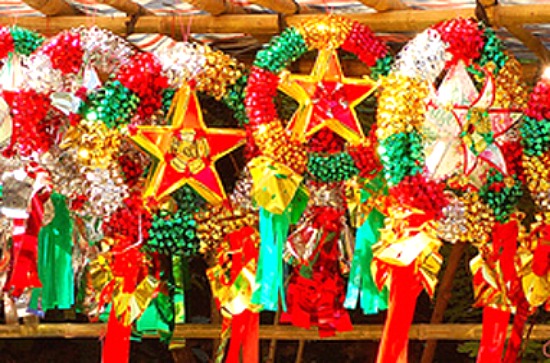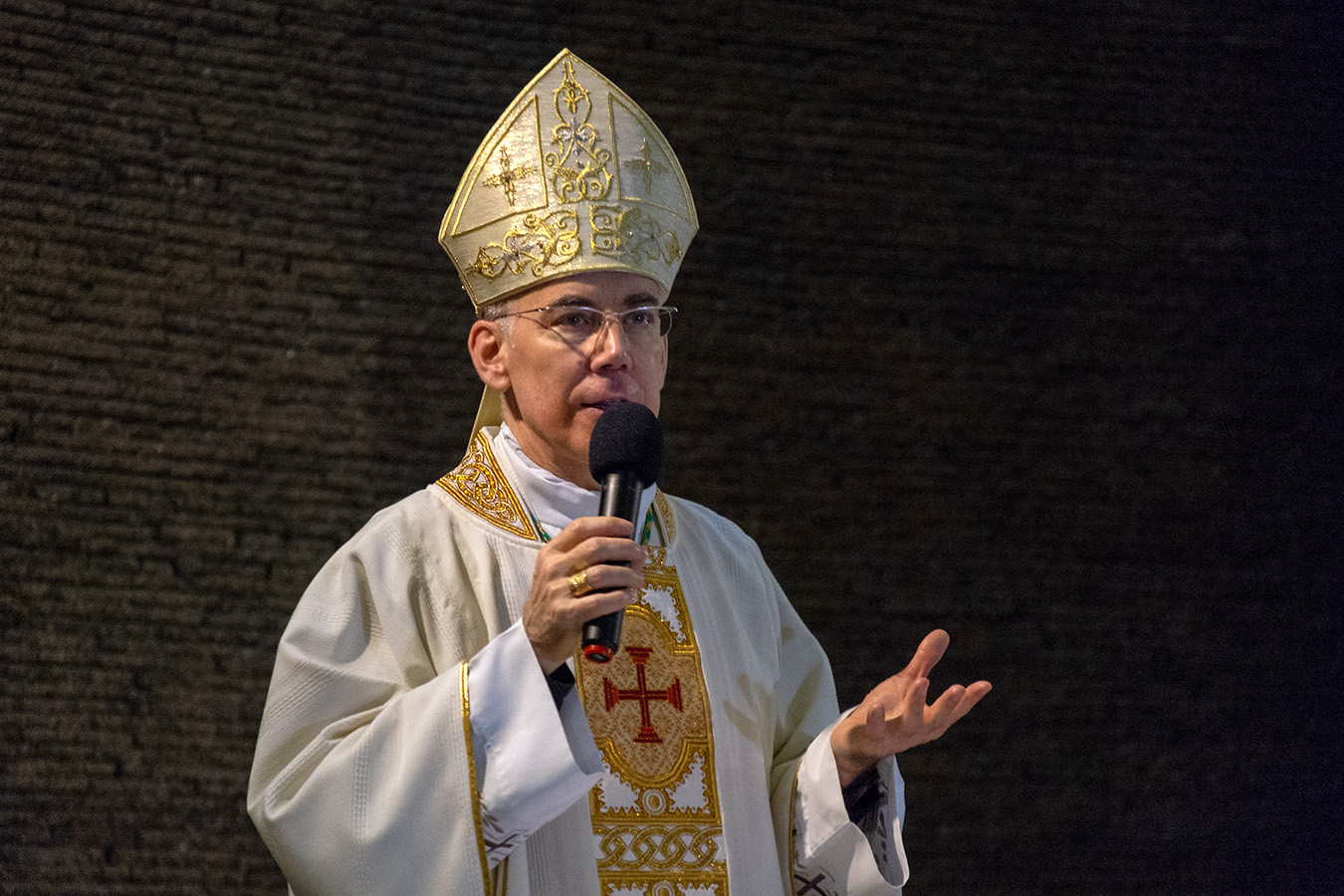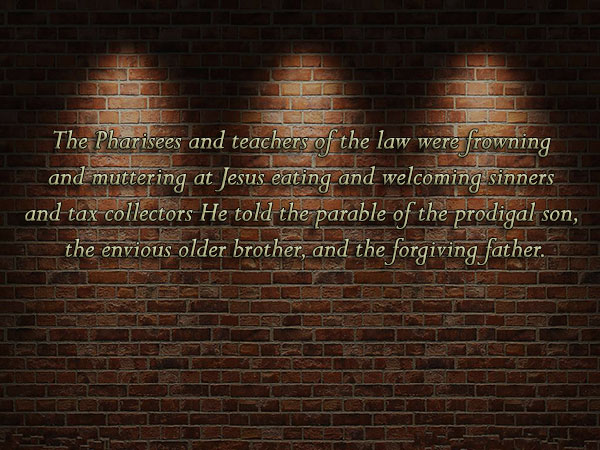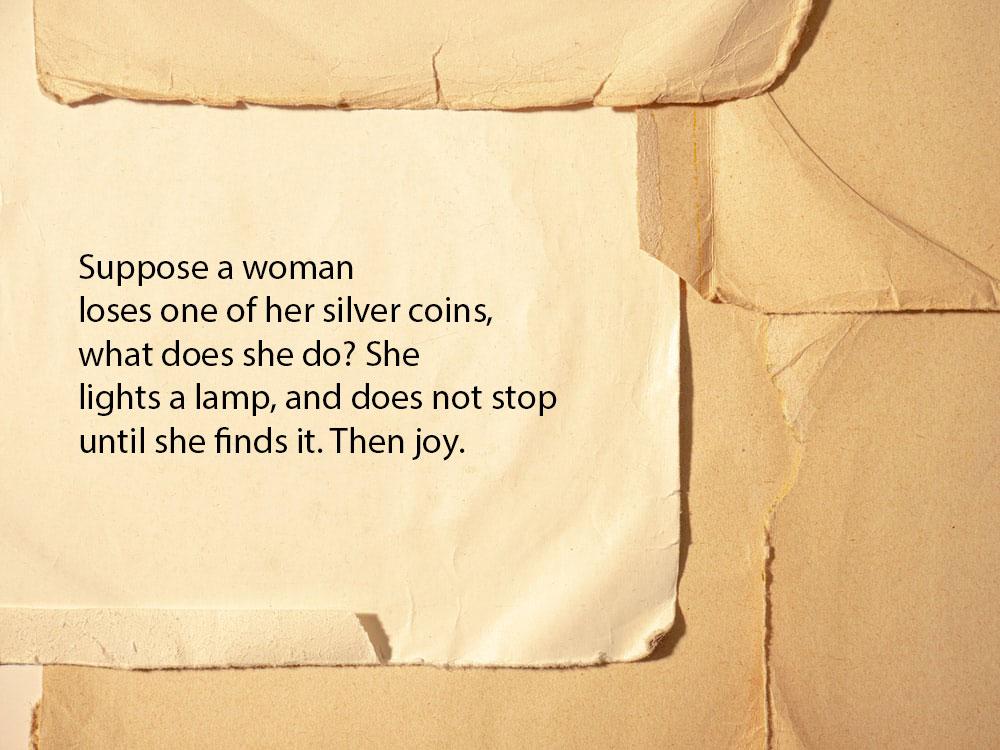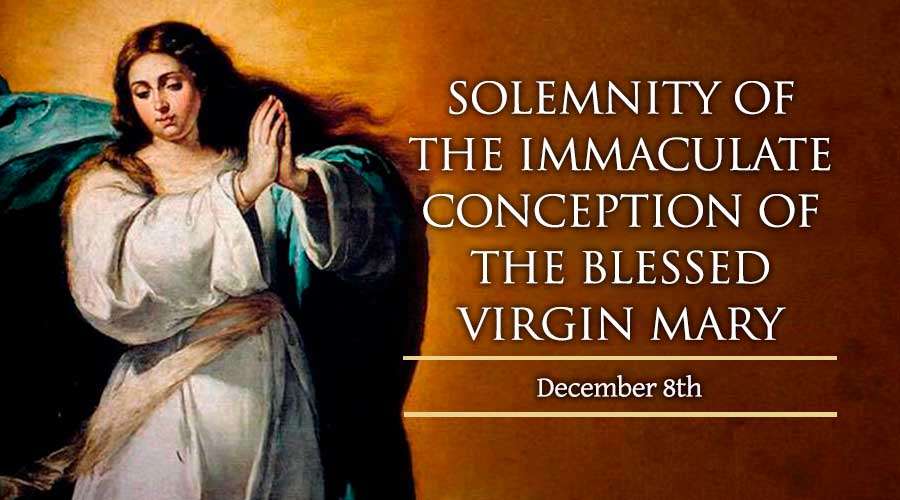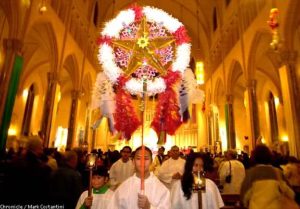 To many, the start of Simbang Gabi often signals that “Christmas is around the corner”. Come Dec. 16, churches at dawn are packed to overflowing with the faithful — young ones and seniors, professionals and labourers, wide awake and drowsy.
To many, the start of Simbang Gabi often signals that “Christmas is around the corner”. Come Dec. 16, churches at dawn are packed to overflowing with the faithful — young ones and seniors, professionals and labourers, wide awake and drowsy.
According to historical researcher Jesson Gonzaga Allerite, the Spanish word “aguinaldo”, which is Mozarabic in origin, means “gift” and even a “carol”.
The Misas de Aguinaldo came from the original novena Masses in preparation for Christmas in honour of the Annunciation (or Expectation) of the Blessed Virgin Mary wherein Churches in Spain provided food after the Mass to the needy, hence the word “aguinaldo”.
‘Golden Mass’
As Allerite’s manuscript “The history of the Misa de Aguinaldo: From Spain to the Philippine Islands” explains, the iconic novena Masses have existed for hundreds of years in Spain. Another European source states that they developed from the dawn Masses offered nine days before Christmas. These Masses were called “Rorate Masses” coming from the Introit or opening Psalm accompanying it “Rorate caeli desuper, et nuber pluant justum” (“Drop down dew, ye heavens, from above, and let the clouds rain the just”).
According to the researcher fluent in both Spanish and Latin, historical accounts show that since Masses then were forbidden to be said during night time, these Masses were offered in the darkness of dawn amid the blaze of many lighted candles, especially for farmers and workmen who had to labour afterwards. The candlelight, not only provided the necessary lighting, but also added meaning to the Rorate Masses by reminding the faithful of “the Light that is to come.” Hence, these Masses are also called the Missa Aurea or the Golden Mass. Allerite believes this was most probably the precursor of the Misas de Aguinaldo in Spain and later, in the New World.
In the New World, which included the Americas, and the Philippines, the original permission for the Misas de Aguinaldo was granted to churches under the Augustinian Order where they could be accessed by the faithful through the indulgences granted by Pope Sixtus V.
Banned for a time
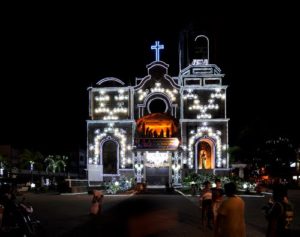 Records by Alicina and other Jesuits show that meanwhile, the Masses flourished in the country by way of the missionaries, the Augustinians, and further on, the Jesuits. The Masses were easily accepted by the Filipinos but were banned for a time because of a particular turn of events, as Allerite’s research concludes.
Records by Alicina and other Jesuits show that meanwhile, the Masses flourished in the country by way of the missionaries, the Augustinians, and further on, the Jesuits. The Masses were easily accepted by the Filipinos but were banned for a time because of a particular turn of events, as Allerite’s research concludes.
Some references to the Misa de Aguinaldo in the Jesuits’ records show that Archbishop Felipe Pardo had the said Masses stopped, in accordance with a rescript that came from the Sacred Congregation of Rites, because of the choir and the people’s habit of singing Christmas carols in the vernacular, which was at the time prohibited with the exception of the entrance and recessional songs. “The wording of the order was very severe. [The practice was described as] along the lines of ‘perversion of doctrine’,” noted Allerite.
When Pardo died, the Masses resumed at once.
According to documents, however, the Discalced Franciscans of the Philippine obeyed the Congregation’s order to the letter even after Pardo’s death.
“The prohibition to celebrate the Misas de Aguinaldo in churches and parishes administered by the Franciscans was contained and worded black and white in the statutes of the Province of Saint Gregory the Great (the Province in the Philippines) well towards the end of Spanish rule,” Allerite concluded.
________________________________________
NOTE: This article was published on December 17, 2014 (Maurice Joseph M. Almadrones/CBCP News)




